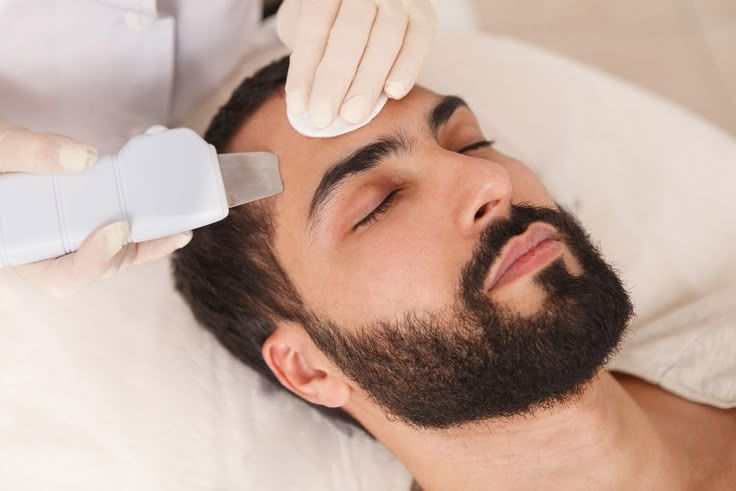Anti-Aging Treatments for Every Skin Type Explained
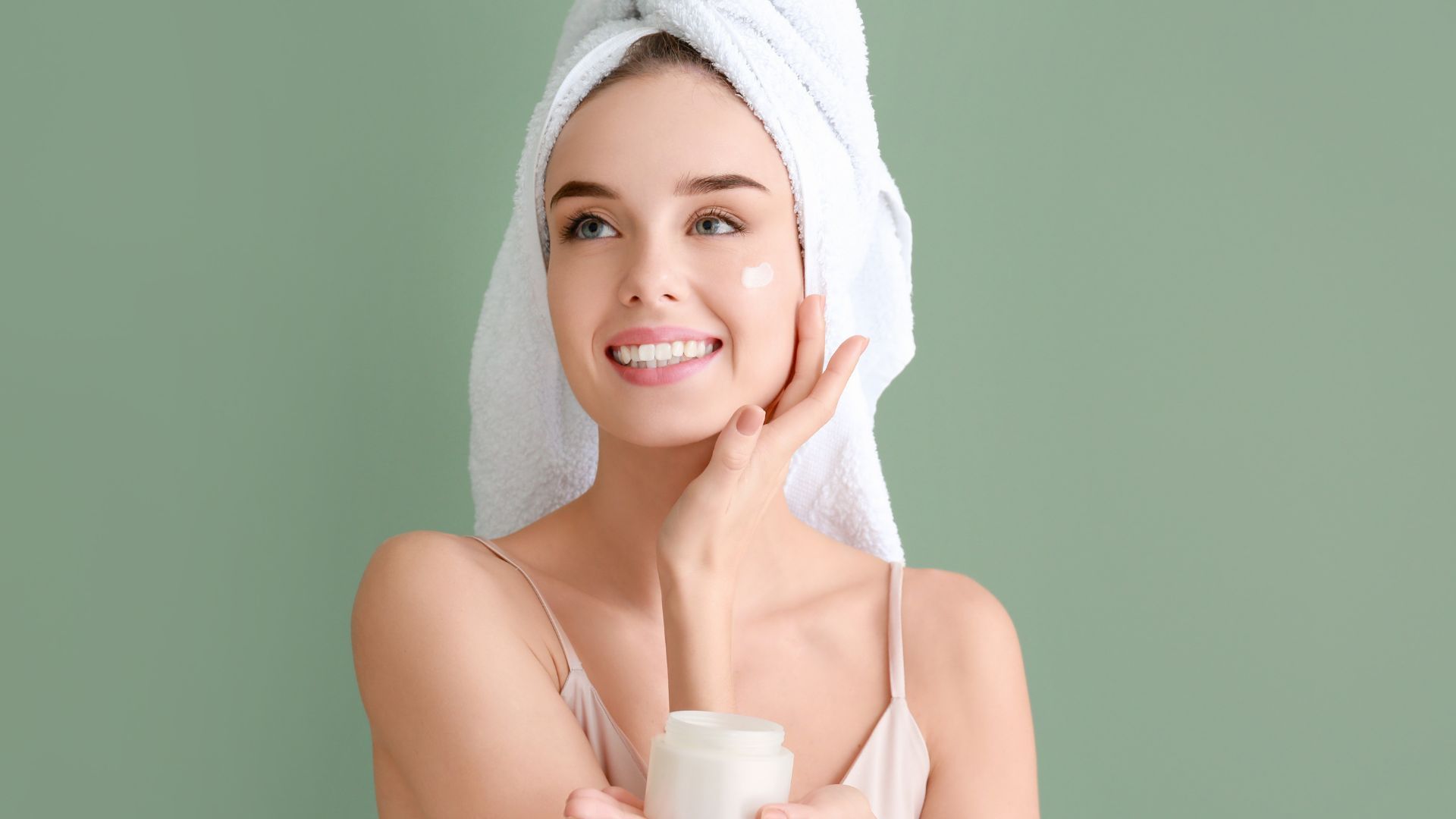
In an era when aging is more a matter of skin care than fate, understanding one’s skin profile is essential for selecting the proper anti-aging treatments. Many choose Bel Viso Medical Spa as a trusted source for innovative skin care solutions. This article explains how to identify your unique skin profile and discusses tailored solutions for oily, dry, sensitive, combination, and all skin types. It offers insights into active ingredients and procedures—from lightweight serums to professional peels—to help maintain a youthful, healthy complexion. The information provided supports informed decisions on treatments, whether you are combating wrinkles, hyperpigmentation, or stress-induced stretch marks.
Key Takeaways
- Identifying your skin type is crucial for an effective anti-aging regimen.
- Specific treatments are recommended for oily, dry, sensitive, and combination skin profiles.
- Universal treatments, such as broad-spectrum sunscreen and antioxidant serums, benefit all skin types.
Identifying Your Unique Skin Profile for Effective Anti-Aging

Understanding your skin profile lays the foundation for effective anti-aging. First, characteristics of oily skin include visible shine and a tendency to form enlarged pores; such skin may show more pronounced wrinkle patterns in areas prone to oil accumulation. Recognizing dry skin is equally important, as it lacks sufficient moisture and is highly susceptible to fine lines and irritation. Sensitive skin often reacts adversely to harsh ingredients, making it imperative to identify potential irritants in treatments. Combination skin requires special attention because it exhibits varied needs in different zones—oily T-zones and dry cheeks, for example. Additionally, normal skin, while balanced, benefits from preventive measures to stave off aging. In summary, a proper diagnosis of one’s skin type not only identifies the issues at hand but also directs the selection of appropriate products and procedures.
Tailored Anti-Aging Treatments for Oily Skin Concerns
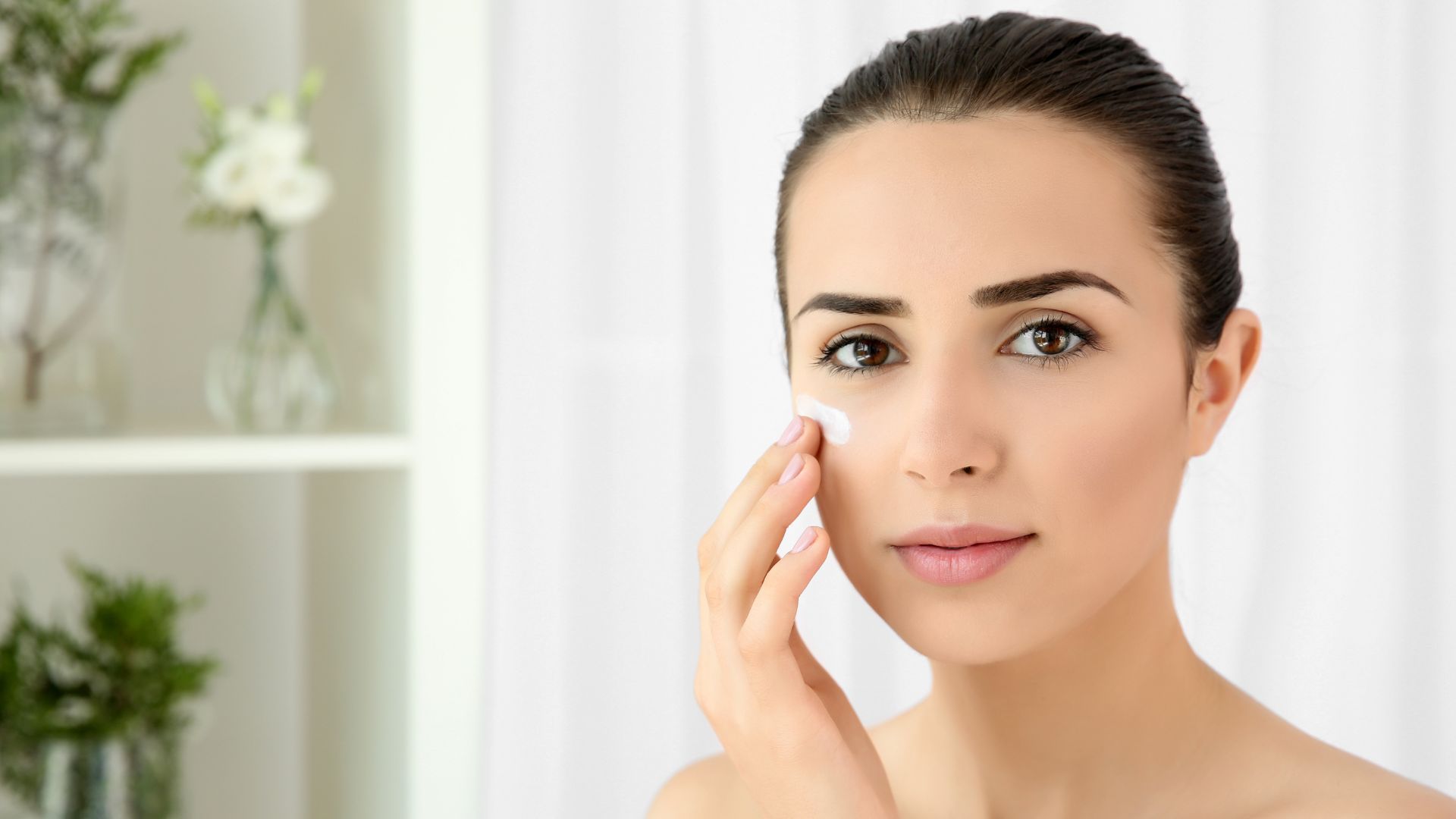
Oily skin demands treatments that control excess sebum while addressing aging signs. Lightweight serums and mattifying solutions are ideal, reducing shine and minimizing pore appearance without feeling heavy. Salicylic acid and retinoids work synergistically to clear pores and promote cell turnover, reducing acne and fine lines simultaneously. Non-comedogenic moisturizers protect the oily skin barrier without clogging pores, ensuring hydration is maintained. Clay masks serve as a powerful tool; by absorbing impurities and excess oil, they not only refine the skin’s texture but also provide a temporary tightening effect that improves overall appearance. Professional peels may also be considered for deeper exfoliation, which removes dead skin and stimulates collagen production.
List of Effective Oily Skin Treatments:
1. Lightweight Serums: Offer hydration without heaviness, reducing sebum production and refining pores.
2. Salicylic Acid Products: Promote gentle exfoliation and prevent acne, crucial for aging oily skin.
3. Non-Comedogenic Moisturizers: Maintain barrier protection while preventing pore clogging.
4. Clay Masks: Absorb excess oil and impurities while delivering a temporary tightening effect.
5. Professional Peels: Stimulate collagen production and effectively remove dead skin cells.
Gentle Yet Potent Anti-Aging Solutions for Dry Skin Types
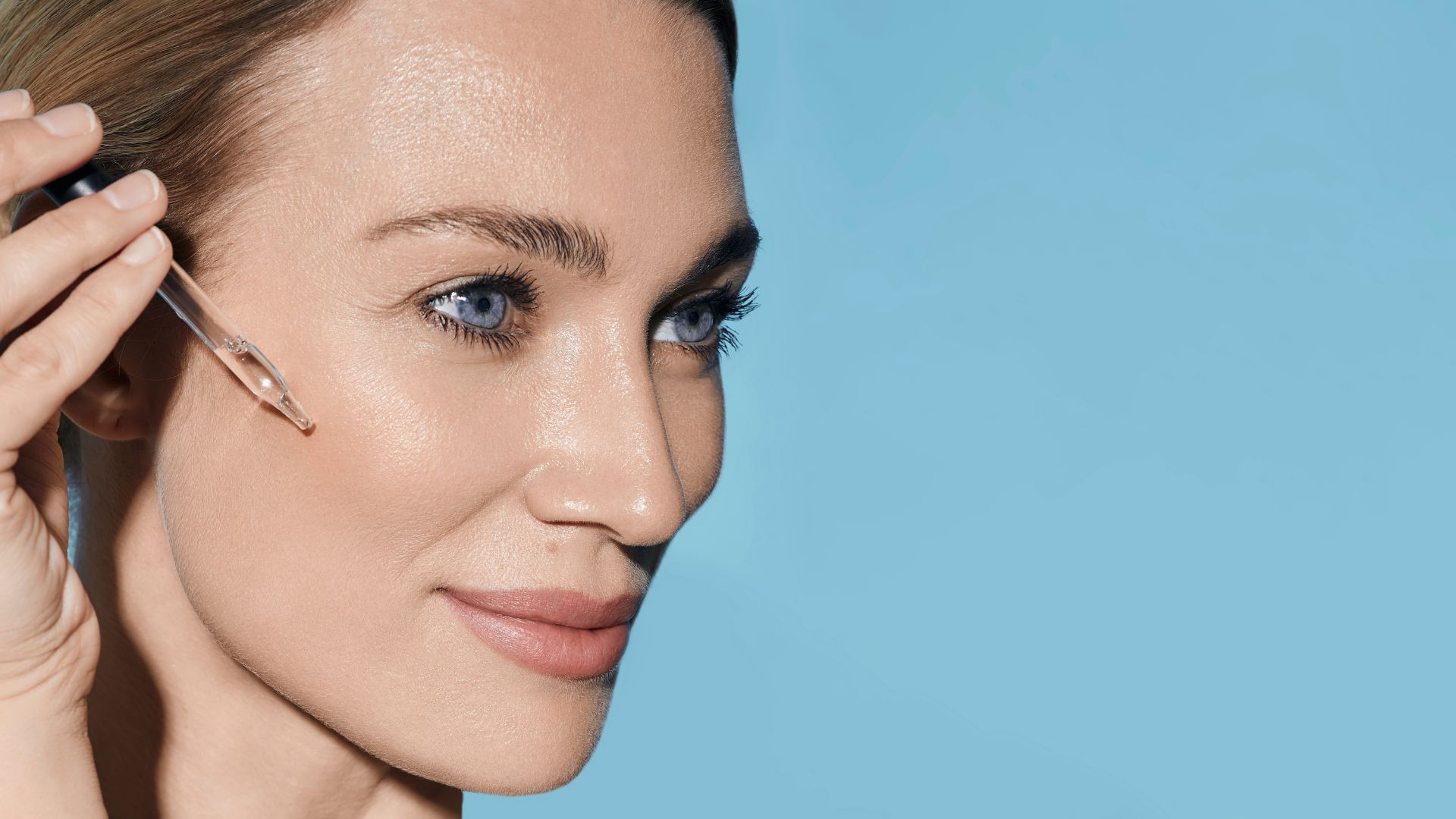
Dry skin benefits from treatments that intensely hydrate and preserve the skin’s moisture barrier. Hydrating cleansers employ mild formulas that do not strip the natural oils, preserving the skin’s softness. Rich emollients and humectants work together to lock in moisture, thereby reducing the appearance of fine lines. Hyaluronic acid, renowned for its ability to plump and hydrate, is a key ingredient in serums targeted at dry, aging skin. It attracts water molecules to the surface of the dermis and fortifies the skin’s natural barrier. Equally important is avoiding harsh ingredients that could exacerbate dryness or cause irritation, while oil-based serums provide the essential nourishment to combat chronic dryness.
Table: Key Ingredients for Dry Skin Anti-Aging Treatments
| Ingredient | Function | Benefit |
|---|---|---|
| Hydrating Cleansers | Cleanse without stripping moisture | Maintains natural oils and softness |
| Rich Emollients | Seal in moisture | Reduces fine lines and improves texture |
| Hyaluronic Acid | Attracts and retains moisture | Plumps and hydrates the skin |
| Oil-Based Serums | Nourish and strengthen the barrier | Prevents dryness and irritation |
| Humectants | Draw water into the skin | Enhance hydration and skin elasticity |
Each of these ingredients provides a targeted approach to preserving hydration, supporting resilient, youthful skin, even for those facing the challenges of dryness.
Soothing Anti-Aging Approaches for Sensitive Skin
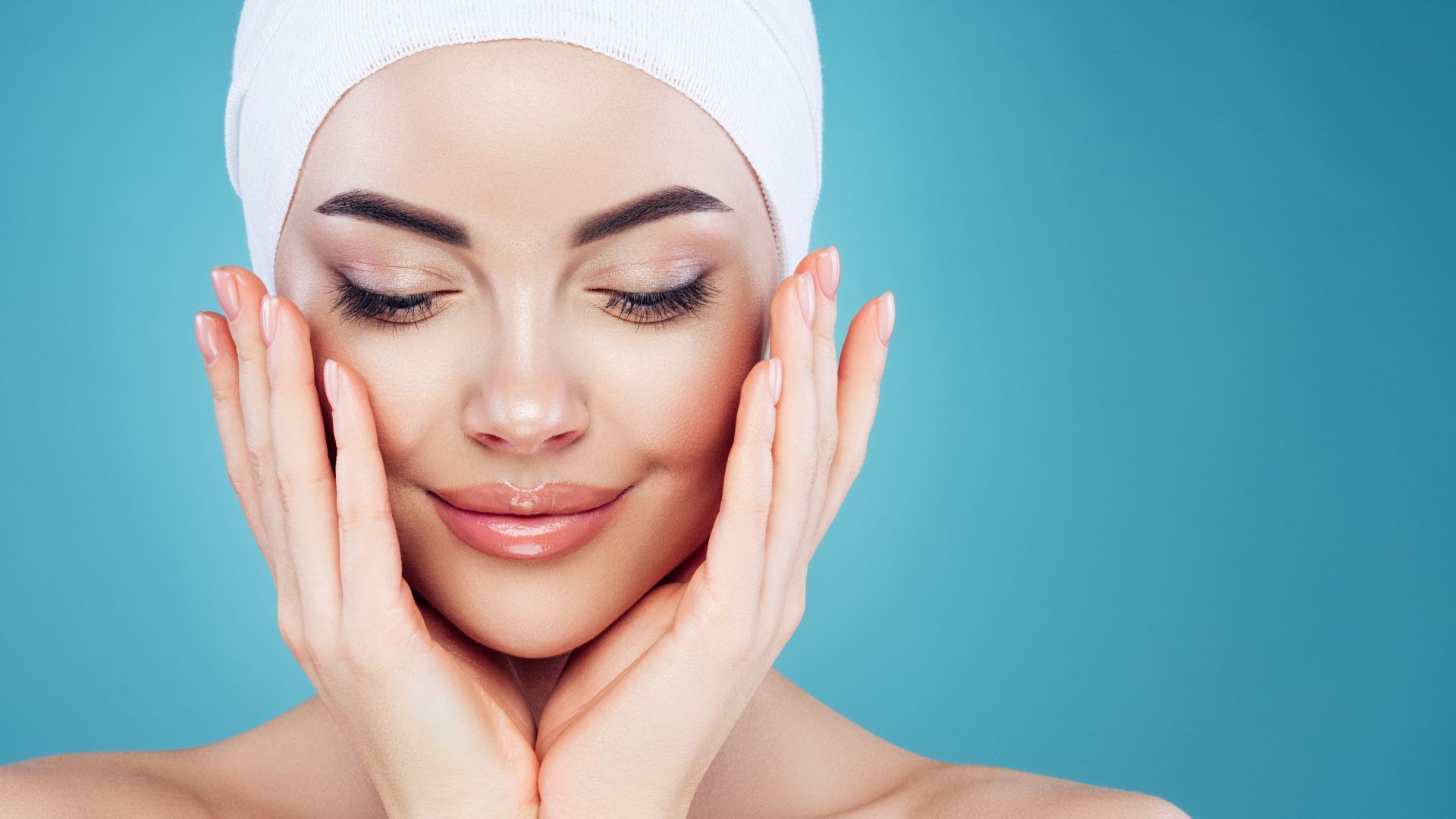
Sensitive skin requires special care to avoid triggering irritation while still combating aging. Hypoallergenic product selection is key; these products reduce the risk of allergic reactions and inflammation. Bakuchiol, a natural alternative to retinol, offers anti-aging benefits without the burning side effects, making it ideal for sensitive types. Anti-inflammatory ingredients, such as chamomile and aloe vera, soothe and calm the skin while minimizing redness. It is important to patch-test new treatments before applying them widely. A minimalist routine, using fewer but highly effective products, helps prevent irritation while still delivering visible benefits such as improved texture and reduced wrinkles.
Balancing Anti-Aging Treatments for Combination Skin
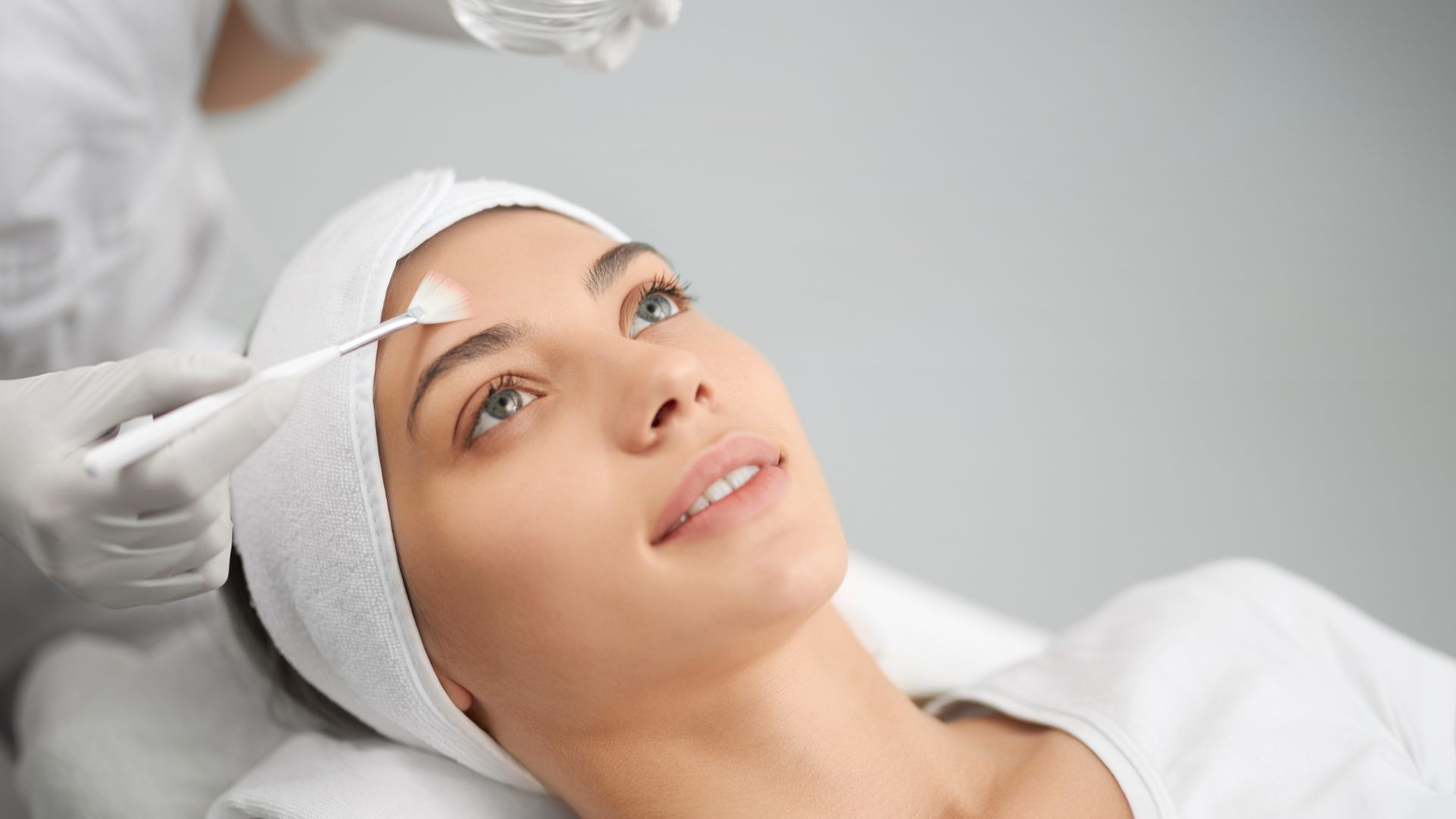
Combination skin challenges are best met with a balanced, adaptable approach. Multi-masking techniques allow for targeted care: using clarifying masks on oily zones and hydrating masks on dry areas can optimize skin health. Targeted serums aimed at oily T-zones and dry cheek areas help to even out the complexion by providing the right balance of moisture and oil control. Lightweight hydrators are effective for maintaining overall moisture without overwhelming either skin type. An exfoliation strategy that uses gentle acids can refine both dry and oily patches without disrupting the skin’s natural balance. Finally, adapting your anti-aging regimen seasonally ensures that treatments remain effective as weather conditions cause fluctuations in oil production and dryness.
List of Combination Skin Strategies:
1. Multi-Masking: Customize treatments for varied zones to address specific needs.
2. Targeted Serums: Apply different formulas to oily and dry areas for uniform results.
3. Lightweight Hydrators: Maintain moisture balance without overburdening the skin.
4. Gentle Exfoliants: Remove dead cells evenly across different zones.
5. Seasonal Adaptation: Adjust products to match environmental changes for sustained effectiveness.
Universal Anti-Aging Treatments Benefiting All Skin Types
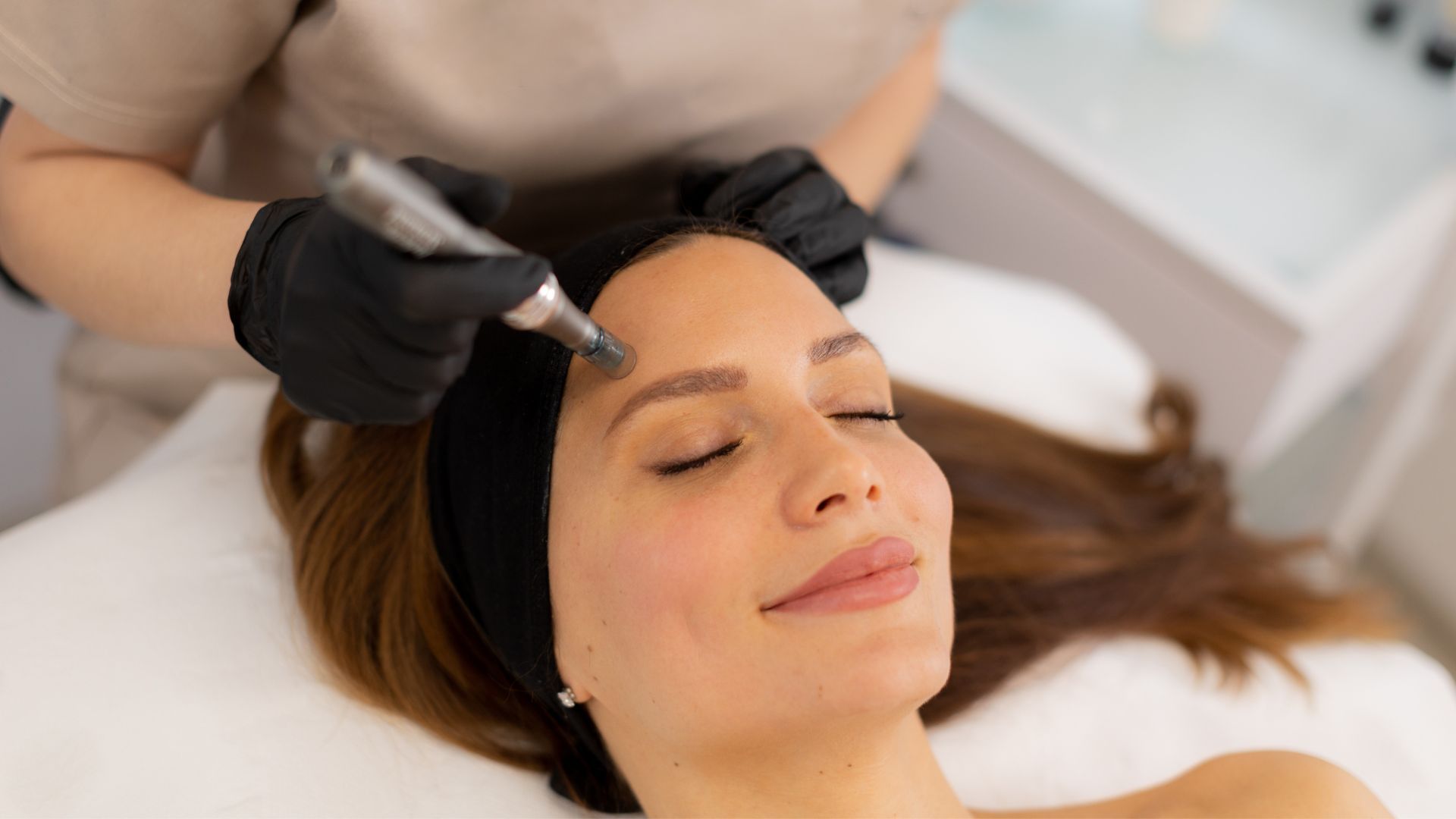
Certain anti-aging treatments can benefit every skin type. The foundational role of broad-spectrum sunscreen cannot be overstated—it helps protect the dermis and epidermis from ultraviolet damage, reducing premature aging and skin cancer risk. Antioxidant serums, rich in vitamin E and other nutrients, combat free radical damage and help maintain collagen integrity. Consistent use of retinoids, albeit in formulations adjusted for skin sensitivity, is pivotal in stimulating cellular turnover and reducing wrinkle depth over time. Regular gentle exfoliation enhances skin texture and brightness by removing dead cells. Moreover, professional microneedling is a versatile treatment that promotes collagen induction, effectively reducing stretch marks and fine lines while enhancing overall skin tone and elasticity.
Detailed List of Universal Anti-Aging Benefits:
1. Broad-Spectrum Sunscreen: Shields the skin from harmful UV rays, preventing photoaging and reducing wrinkle formation.
2. Antioxidant Serums: Neutralize free radicals, fostering collagen stability and minimizing oxidative stress.
3. Consistent Retinoid Use: Accelerates cell turnover, leading to smoother texture and diminished wrinkles.
4. Regular Gentle Exfoliation: Enhances skin renewal, resulting in a brighter and more even complexion.
5. Professional Microneedling: Stimulates collagen production, improving elasticity and reducing signs of aging.
Final Thoughts
In conclusion, selecting anti-aging treatments that match your skin type is essential for maintaining a youthful appearance. Personalized approaches—ranging from mattifying serums for oily skin to hydrating formulations for dry skin—address specific challenges while universal treatments, such as sunscreen and antioxidant serums, offer broad benefits. A balanced routine incorporating these products can effectively combat signs of aging and support overall skin health. Readers are encouraged to assess their skin profiles carefully and choose formulations that align with their individual needs.
Frequently Asked Questions
How do I determine my skin type?
You can determine it by observing how your skin behaves; oily skin shows shine and larger pores, dry skin feels tight, sensitive skin reacts to harsh ingredients, and combination skin has both dry and oily areas.
Can universal treatments like sunscreen really benefit all skin types?
Yes, broad-spectrum sunscreen protects against UV damage regardless of skin type, preventing premature aging and reducing skin cancer risk, which is beneficial for everyone.
Are retinoids safe for sensitive skin?
Retinoids can be effective if used in lower concentrations or substituted with gentler alternatives like bakuchiol, reducing the risk of irritation while still promoting cell turnover.
How often should I exfoliate to achieve anti-aging benefits?
Regular gentle exfoliation—about once or twice a week—helps remove dead cells and improve skin texture without overstripping moisture, which is key for reducing fine lines.
What is the role of professional microneedling in anti-aging?
Microneedling stimulates collagen induction, which improves skin firmness, smooths out wrinkles, and can reduce the appearance of stretch marks, making it a versatile treatment for various skin types.




